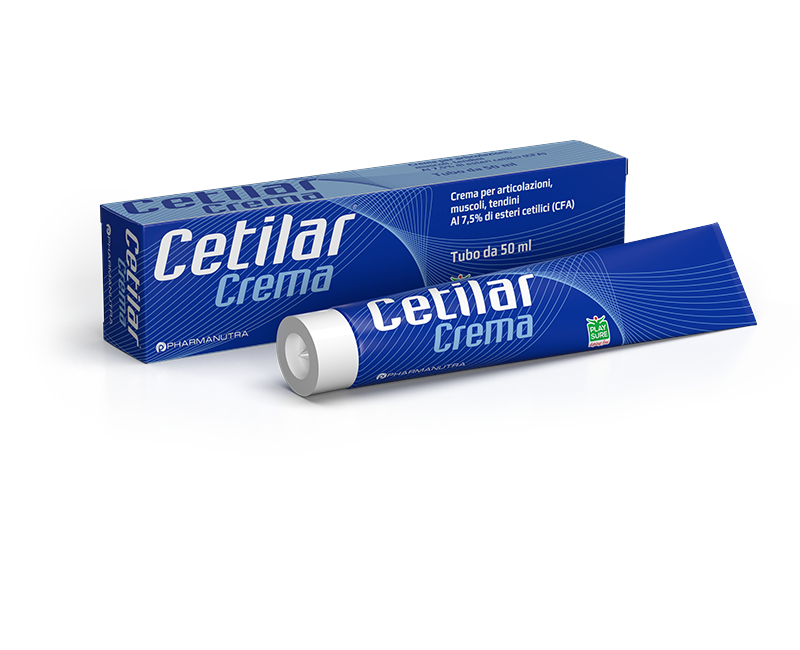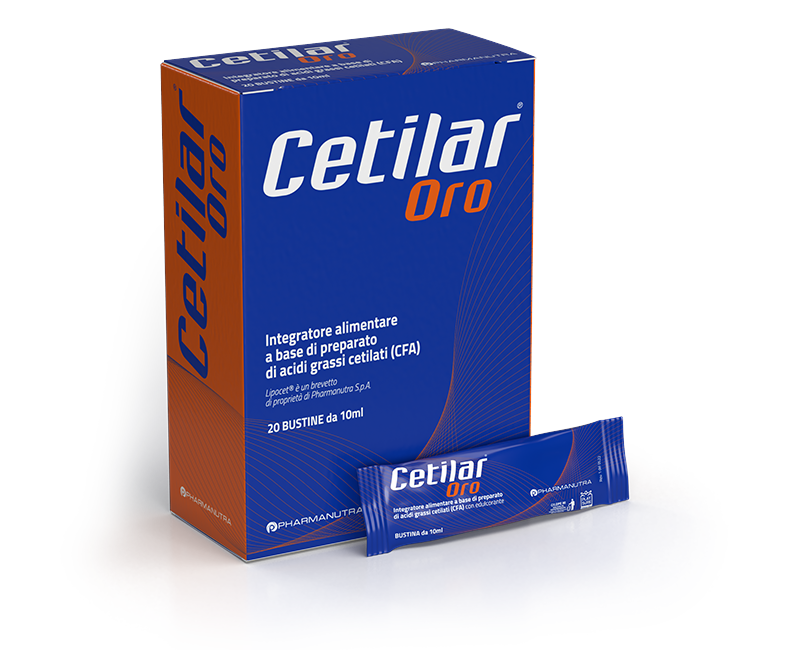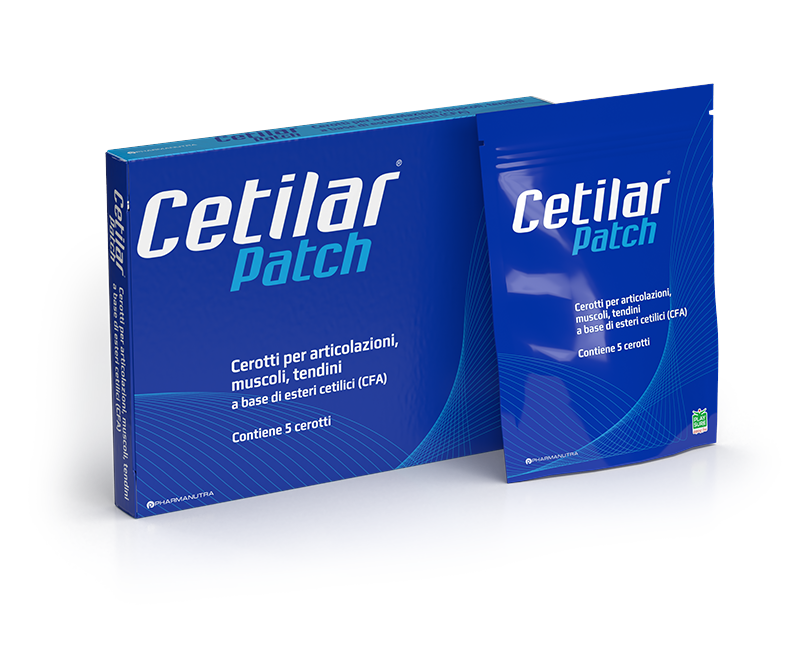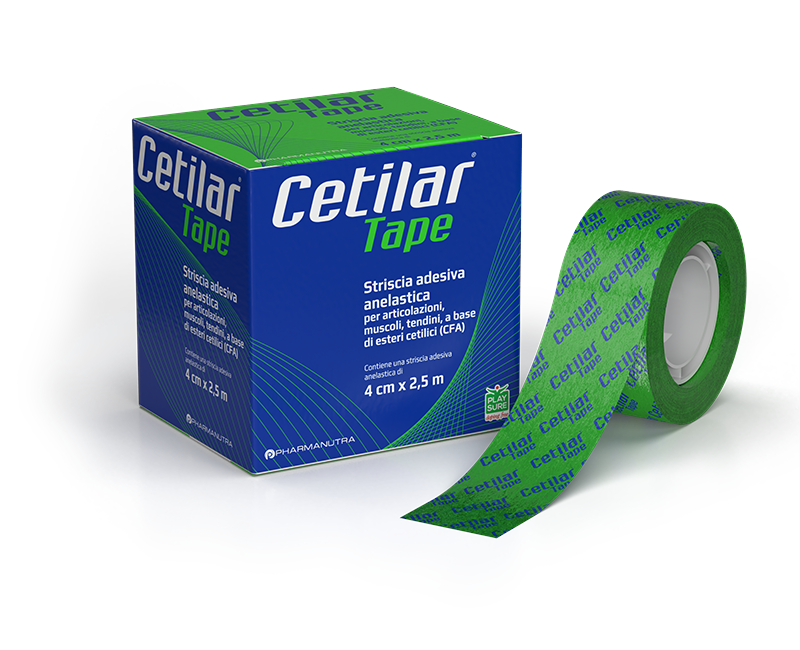Post-workout muscle recovery and DOMS prevention: tips, effective exercises and management strategies
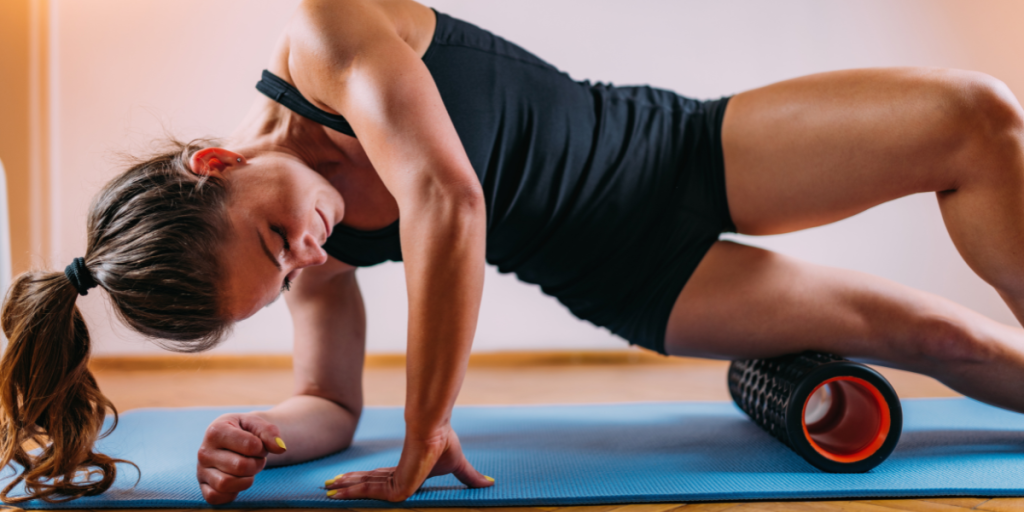
Muscle recovery after exercise is crucial for enhancing physical performance and reducing the risk of injury.
One common consequence of intense workouts is Delayed Onset Muscle Soreness (DOMS), those pesky aches that typically surface 24 to 48 hours post-exercise.
So, how can we effectively manage and, more importantly, prevent DOMS?
What is DOMS?
DOMS or delayed onset muscle soreness may occur after strenuous or unusual exercise.
When you engage in unfamiliar movements, your muscles experience micro-tears. This process is a normal part of muscle adaptation, ultimately enhancing strength and endurance. However, it can also lead to soreness and stiffness.
Typically, DOMS peaks between 24 and 72 hours after a workout and may persist for 3 to 5 days.
The main causes of DOMS
DOMS is often linked to workouts that include eccentric exercises, where muscles lengthen under tension, such as squats, deadlifts, or downhill running.
When you train a muscle eccentrically, the muscle fibres undergo micro-tears, triggering a repair and growth process. Additionally, both the intensity and duration of your workout can impact the likelihood of developing DOMS: overly intense or prolonged sessions without proper preparation significantly raise the risk.
DOMS: 4 tips for preventing it
Preventing DOMS doesn’t mean shunning exercise; it’s about embracing strategies that minimise its effects. Here are some effective tips:
1. Gradual progression
A frequent pitfall is ramping up training intensity or volume too quickly.
It is crucial to take a gradual approach with both weights and repetitions. When trying a new exercise or increasing intensity, allow your body time to adapt gradually. This will significantly lower the risk of experiencing DOMS.
2. Proper warm-up
A good warm-up primes your body for exercise by enhancing blood flow and raising muscle temperature.
Dedicate at least 10-15 minutes to mobility exercises and dynamic stretches before you begin your workout. This not only boosts your performance but also helps stave off post-exercise soreness.
3. Post-workout stretching
Stretching after your session can alleviate muscle tension built up during your workout. While it won’t completely eliminate DOMS, it improves circulation and fosters quicker recovery.
Focus on gentle, sustained stretches, breathing deeply to help relax your muscles.
4. Proper technique
Performing exercises with the right form is crucial for preventing unnecessary strain on your muscles and joints.
If you’re a beginner, seeking guidance from a trainer or watching reputable video tutorials can greatly enhance your understanding of correct techniques. Poor technique not only heightens the risk of DOMS but also increases the likelihood of injury.
Exercises and techniques to boost muscle recovery
Muscle recovery goes beyond just resting; there are active techniques that can accelerate the process and alleviate feelings of fatigue and stiffness.
1. Active recovery exercise
Engaging in light activities like walking, swimming, or low-intensity cycling can boost blood circulation, helping to clear metabolic waste and facilitate muscle repair.
Active recovery is especially beneficial in the days following intense training, as it alleviates muscle stiffness without further exhausting the body.
2. Foam rolling
Foam rolling, or self-massage with a specialised roller, is a widely used technique for enhancing muscle recovery.
It helps relieve muscle tension and boost circulation. Spending 10-15 minutes rolling over sore areas after your workout can ease discomfort and promote blood flow to fatigued muscles.
3. Massage
A professional massage can significantly reduce inflammation and muscle soreness following an intense workout. Additionally, self-massage targeting the muscles affected by DOMS can effectively stimulate blood flow and lessen discomfort.
4. Hot or cold baths
Alternating hot and cold treatments is another effective method to enhance muscle recovery. A hot bath can relax muscles and improve circulation, while a cold bath or shower helps reduce inflammation and swelling in fatigued muscles.
Some athletes utilize the hot-cold contrast technique, switching between hot and cold soaks to stimulate recovery.
The role of nutrition and hydration in optimal recovery
What you eat and drink after a workout is crucial for muscle recovery, as your body requires nutrients to repair tissues and replenish energy stores.
1. Protein intake
Protein is vital for muscle repair. After exercising, aim to consume a high quality protein source, such as chicken, fish, eggs, or a protein shake.
Adequate protein intake post-workout accelerates the rebuilding of damaged muscle fibres.
2. Carbohydrates to restore glycogen
Post-workout, it’s important to replenish your reserves of glycogen, the primary fuel for your muscles during physical activity.
A meal containing complex carbohydrates such as rice, sweet potatoes or oats, in combination with protein, is ideal for promoting recovery.
3. Hydration
During exercise, we lose significant fluids and minerals through sweat, making it essential to replenish them afterward to prevent dehydration, which can hinder muscle recovery.
Drinking sufficient water, isotonic beverages, or taking mineral salt supplements helps keep muscles hydrated and prevent cramps.
Strategies for managing DOMS once it occurs
Even with preventive measures in place, DOMS may still strike. Here are some tips to alleviate the discomfort and promote faster recovery:
1. Rest
Allowing your muscles time to recover is vital. If you’re experiencing pain, consider taking an active rest day or reducing the intensity of your next workout. It’s important to avoid further straining already sore muscles.
2. Applying ice
If your DOMS is particularly severe, applying ice to the affected muscles can help reduce inflammation and swelling. Wrap ice in a cloth and apply it to the sore areas for 15-20 minutes.
3. Anti-inflammatory medications
For significant pain, non-steroidal anti-inflammatory drugs (NSAIDs) like ibuprofen can offer relief. However, it’s important to use them judiciously and only as a last resort.
4. Gentle movements
Avoid complete inactivity! Light activities such as walking, cycling or gentle stretching can enhance circulation and alleviate pain. While you should steer clear of intense workouts, aim to keep moving just enough to promote recovery.
Conclusion
DOMS is a natural part of the muscle adaptation process and, when managed effectively, shouldn’t hinder your training progress.
Preventing muscle soreness is achievable through thoughtful training programming, proper warm-ups, and active recovery techniques.
When DOMS strikes, various strategies can help ease discomfort and accelerate recovery. With the right approach, you can maintain an effective training routine, minimising side effects while maximising your results.
ALESSIO ERRA
Sports and orthopaedic physiotherapist
Born in 1988, he earned a degree in physiotherapy from the University of Pisa in 2010, followed by a master’s in clinical posturology and advanced training in various specialities. His extensive experience in professional sports, particularly in motorsport, has driven him to specialise in sports and orthopaedic physiotherapy, manual therapy for musculoskeletal and visceral conditions, posturology and injury prevention techniques for athletes.
His primary focus areas include the treatment of chronic joint pain, rehabilitation following sports injuries or surgery, and implementing injury prevention strategies for both professional and amateur athletes.
